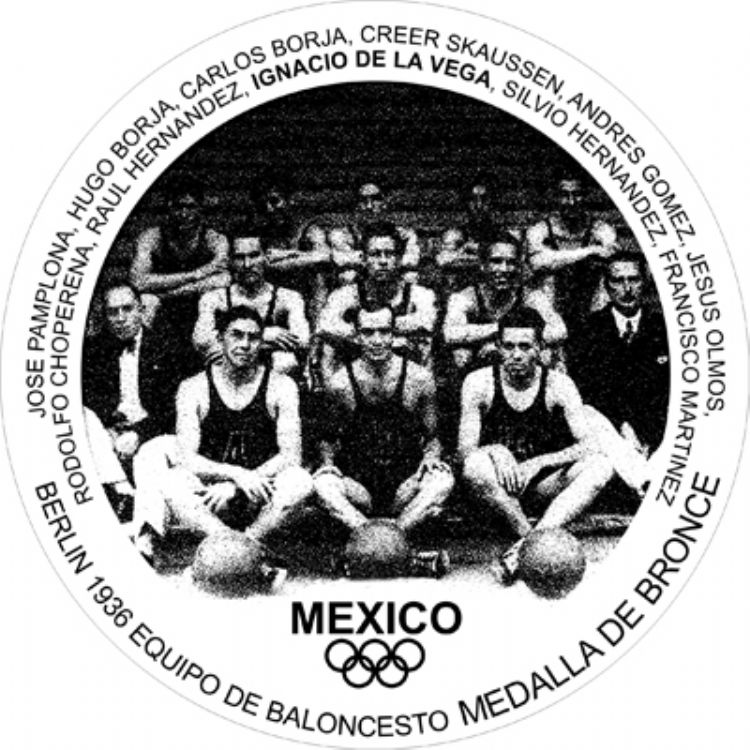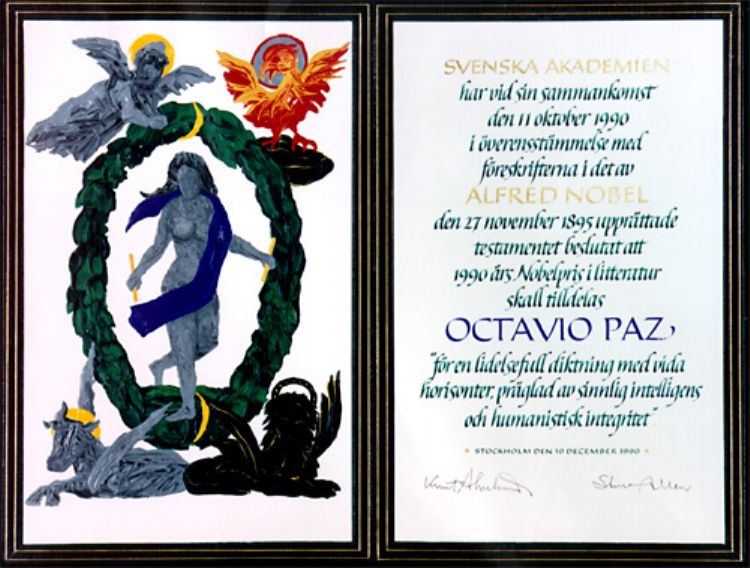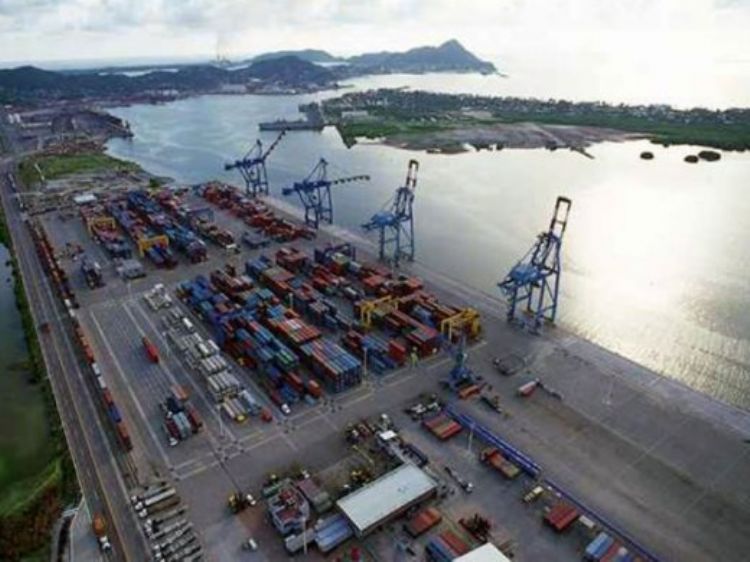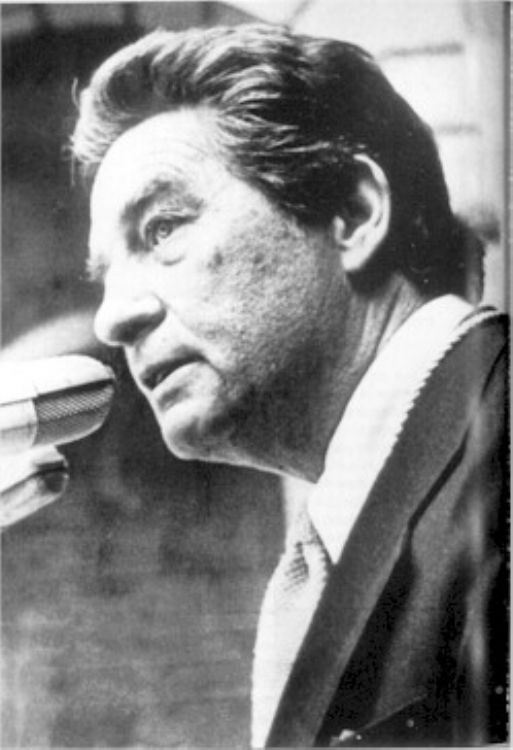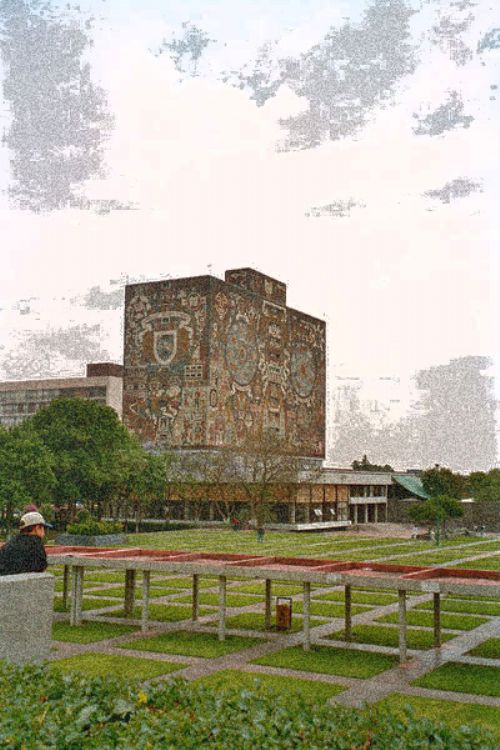Santa Prisca Temple (Taxco Mexico)
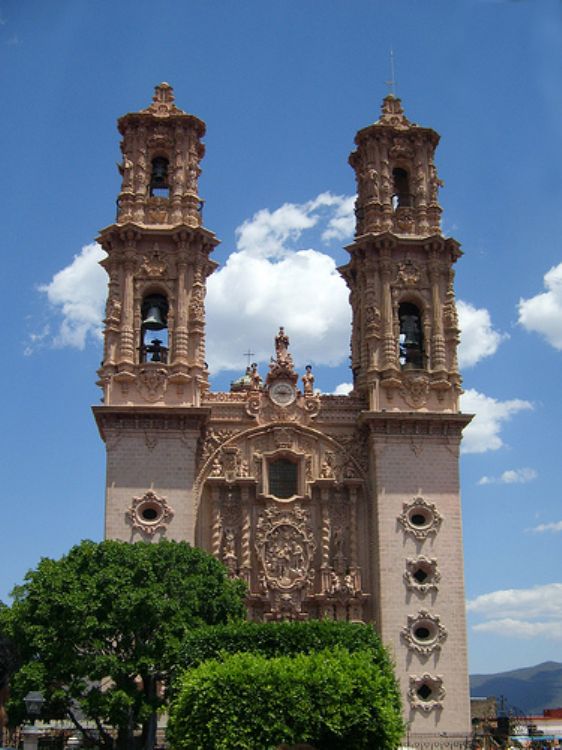
According to legend, in the year 1751 once the templeâs construction was underway, one of those afternoons when José de la Borda was absent from Taxco City and in Guanajuato, there was a storm, thunder fell on the building, instilling fear in construction workers and artisans who kneeled and prayed, when suddenly Santa Prisca from above, shown holding in her hands the thunder so it wouldnât harm the people and slowly disappearing. A painting inside the temple shows the famous story.
This is the parish church of Santa Prisca constructed between February 1751 and December 1758 when Taxco was one of the most important beds of gold, silver, iron and tin in the New Spain. In those times the best artist and stone sculptors of the era were hired, being Jose de la Borda, great businessman and miner during the XVIII century, who ordered the templeâs construction for greater influence on the government of New Spain.
A similar project was entrusted to Cayetano de Sigüenza resulting in one of the most perfect examples of Mexican baroque and is, currently, the only great creation that remains intact in its details. Santa Prisca is architecturally exquisite, its sculpture and painting unite in a new poetic school. Its two towers beside the façade are directed to the west and are abundantly decorated, the first part of them is rather free of details, but are a masterful relief for the sight and balance de parishâs extension.
The inclination on which Taxco rests gives the opportunity to appreciate the parish church from a higher angle, by some feet, being the façade and towers a joint combination of an octagonal dome, safeguarded by glazed tile and finished with lanterns. Inside it is a combination of spaces opulently adorned; the nine altarpieces are covered with gold leaf and pillars of pink query, dressed with a contrast between color and form spectacularly enhancing the altarpieces, strategically placed according to size. Among the many religious images it is impossible to not notice the one of Santa Prisca in the greater altar, a young woman decapitated by the Romans; when she was thrown to the lions these didnât touch her.
The organ inside the parish church located from the chorus and pulpit was constructed with precious woods preserved intact to our date. When José de la Borda decided to construct a temple, he did so determined for it to be unique and hired the great painter Miguel Cabrera, whose textiles can be appreciated from the entranceâs tympanum in the Jesus or of the Indians chapel located beside the nave, canvases that have been restored can now be admired in an excellent state.
Artículo Producido por el Equipo Editorial Explorando México.
Copyright Explorando México, Todos los Derechos Reservados.
Foto: Tina Jimenez Ver Licencia y Derechos de Autor

